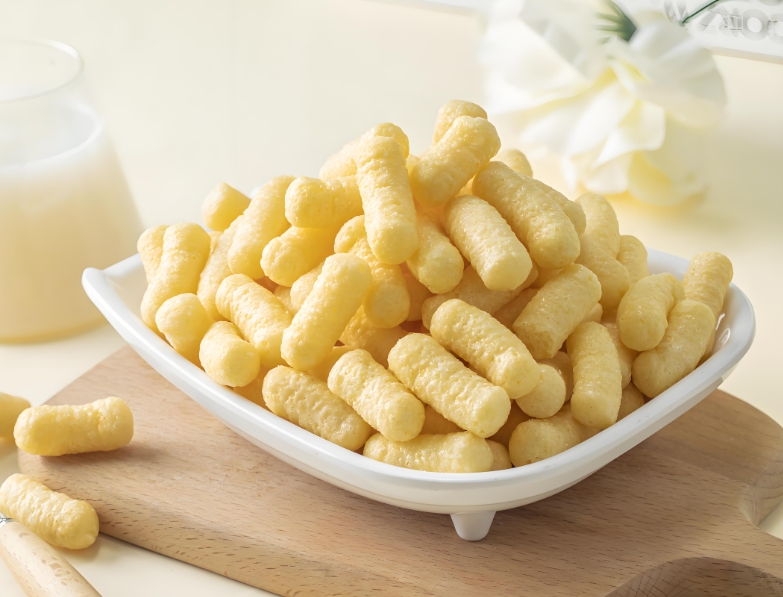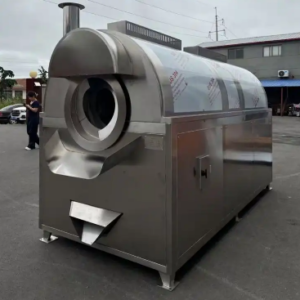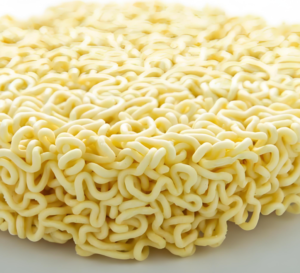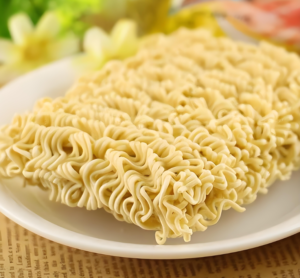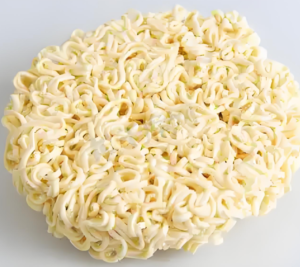How to Make puffed Foods Crispier
Expanded foods, such as puffed snacks, cereals, and extruded products, are beloved for their light, airy texture and satisfying crunch. Achieving the perfect level of crispiness requires careful attention to ingredients, processing techniques, and post-production treatments. Here’s a guide to making expanded foods even crispier:
1. Ingredient Selection
The choice of ingredients plays a critical role in determining the crispiness of expanded foods:
- Starch-rich ingredients: Use high-starch materials like corn, rice, or potatoes, as starch gelatinization during expansion creates a crispy texture.
- Protein content: Keep protein levels moderate, as excessive protein can make the product dense and less crispy.
- Fats and oils: Add small amounts of fat (e.g., vegetable oil) to enhance crispiness, but avoid overuse, as it can make the product greasy.
- Moisture content: Ensure the raw materials have the right moisture level (typically 12-15%) for optimal expansion.
2. Proper Mixing and Conditioning
- Mix ingredients thoroughly to ensure even distribution of starch, proteins, and fats.
- Condition the mixture with steam or water to achieve uniform moisture content. Proper conditioning ensures consistent expansion during extrusion.
3. Extrusion Parameters
The extrusion process is key to creating a crispy texture:
- Temperature: Use high temperatures (120-180°C) to fully gelatinize the starch, which contributes to a crispy structure.
- Pressure: Maintain high pressure inside the extruder to ensure proper expansion when the product exits the die.
- Screw speed: Adjust the screw speed to control the degree of expansion. Faster speeds generally result in lighter, crispier products.
- Die design: Use dies with smaller openings to create thinner, more delicate structures that crisp up better.
4. Drying
- After extrusion, dry the expanded product to reduce moisture content to around 2-4%. Low moisture is essential for crispiness.
- Use a belt dryer or oven dryer at controlled temperatures (70-90°C) to avoid over-drying, which can make the product too hard.
5. Frying or Baking (Optional)
- For extra crispiness, consider frying or baking the expanded product. Frying in hot oil (160-180°C) for a short time can create a crispy outer layer.
- Alternatively, baking at high temperatures (150-200°C) can achieve a similar effect with less oil.
6. Coating
- Apply a thin coating of oil, starch, or seasoning to the surface of the expanded product. This not only enhances flavor but also adds an extra layer of crispiness.
- Use a spray system or tumbler to evenly distribute the coating.
7. Proper Cooling
- Cool the product to room temperature before packaging. Rapid cooling helps set the crispy texture and prevents moisture buildup.
8. Packaging
- Use moisture-proof packaging materials to maintain crispiness during storage.
- Consider adding desiccants or oxygen absorbers to extend shelf life and preserve texture.
9. Quality Control
- Test the product for moisture content, texture, and crispiness using sensory evaluation or texture analyzers.
- Ensure the product meets consumer expectations for crunchiness and shelf stability.
Conclusion
Making expanded foods crispier involves optimizing ingredients, processing conditions, and post-production treatments. By carefully controlling moisture, extrusion parameters, and drying techniques, you can create a light, crunchy product that delights consumers. Experiment with different formulations and methods to achieve the perfect balance of crispiness and flavor.

